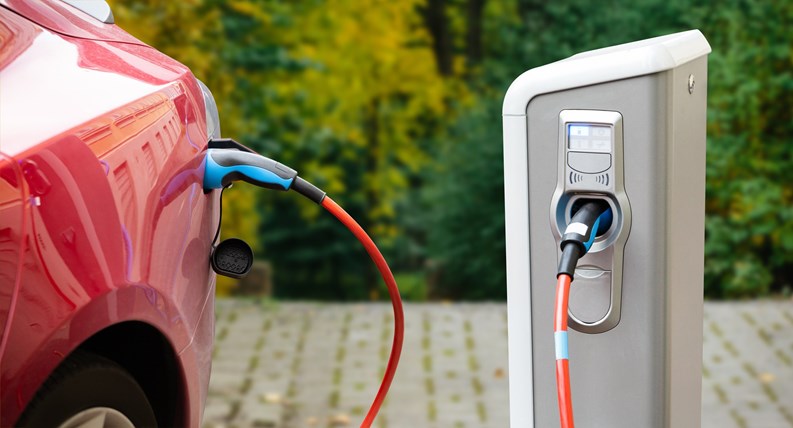By A. J. Sidransky
The trend is clear: electric vehicles are the future. General Motors, for instance, announced last year that they intend to convert their entire fleet to electric by 2040. New York City has pledged a carbon-neutral footprint by 2050. Since 2015, the release of new electric vehicle (EV) models have increased by 34% worldwide. The recently passed Inflation Reduction Act, the cornerstone of the Biden administration’s climate change response, includes billions of dollars for both EVs and charging stations for them. New Jersey, it seems, is way ahead of the pack. The state passed its Electric Vehicles Charging Stations in Common Area Communities statute back in October 2020.
Reality Lags
Despite the public push for, acceptance of, and excitement around EVs, keeping them reliably charged and running remains a challenge. EV futurists have predicted that car charging units will become as ubiquitous as gas stations did with the postwar expansion of suburbs and family car ownership. That revolution is still to materialize - which is perhaps why hybrid vehicles have remained more popular than purely electric ones.
Two specific quandaries plague residential common-interest communities: Where to physically put the charging stations (EVCSs), and who should pay for them. It’s easy enough to install a charging station in the garage, or even in the driveway, of a single-family home. But in a multifamily residential community, the community as a whole has to decide where the units will go, how many will be permitted, and of course, who foots the bill for them.
In a HOA that features individual single-family units or townhouses, the decision is somewhat less complicated. Again, individual owners can install EVCSs in their private garages or driveways. But what about communities that have communal parking lots or garages?
“The Electric Vehicle Charging Stations in Common-Interest Communities Act was passed so that condo dwellers can have electric vehicles and easily charge them,” says Scott Piekarsky, a partner with the Hackensack-based law firm Phillips Nizer. “It sets out a protocol to create spots or areas for these charging units.” The units can be located in individual units, parking lots, or garages. “The burden and costs of installing and maintaining the units, and for the actual power used to charge the vehicles falls on the unit owners. The association can investigate how and where to put the units and design the charging areas. According to the law passed in 2019, all costs are passed to the unit owner if that’s what the association wants, including insurance. Associations therefore are not denying the rights of residents to buy and keep electric vehicles.”
Costs
This specification that the cost of installation, maintenance, and power usage is key to the law - and to short-circuiting potential litigation around who should pay for EVCSs in common-interest communities. The installations are not inexpensive, even when factoring in the incentives provided under the Inflation Reduction Act.
Fred Silver, vice president of CalStart, a non-profit in the electric vehicle industry, has been a major contributor to the development of electric vehicles, and has consulted with providers of charging stations nationally and around the world, and explains that the installation of EVCSs in private single-family homes is a relatively simple undertaking: “Units are easily installed in existing garage areas or outside the individual property,” Silver says. “That makes the choice of electric vehicles and their accompanying charging stations a simple choice for HOAs composed of single-family homes. In communities that have parking facilities - particularly if parking spaces aren’t assigned to specific owners - or in buildings with indoor garages, the logistics become more complicated.”
“The main problem is the cost of bringing the electric service to the specific spot,” Silver continues. “This will generally involve cutting concrete, which can be quite expensive. The farther the parking space is from the source of power, the more it will cost.” Cutting concrete and laying pipe through which electric lines will run to the charger at a specific parking space can run into the thousands of dollars. According to Silver, it could be as much as $15,000 per charger.
Making it Official
Piekarsky suggests that while the New Jersey law clearly places the responsibility for the costs involved with installing EVCSs on owners and not associations, care should be taken. Associations should memorialize the statute’s requirements by amending their house rules to clearly state that owners are responsible for their EVCSs. “Associations should make changes to their house rules to reflect whatever protocol they ultimately adopt with regard to EVCSs and the Electric Vehicle Charging Stations in Common Interest Communities Act. We have completed those changes for numerous clients.”










Comments
Leave a Comment